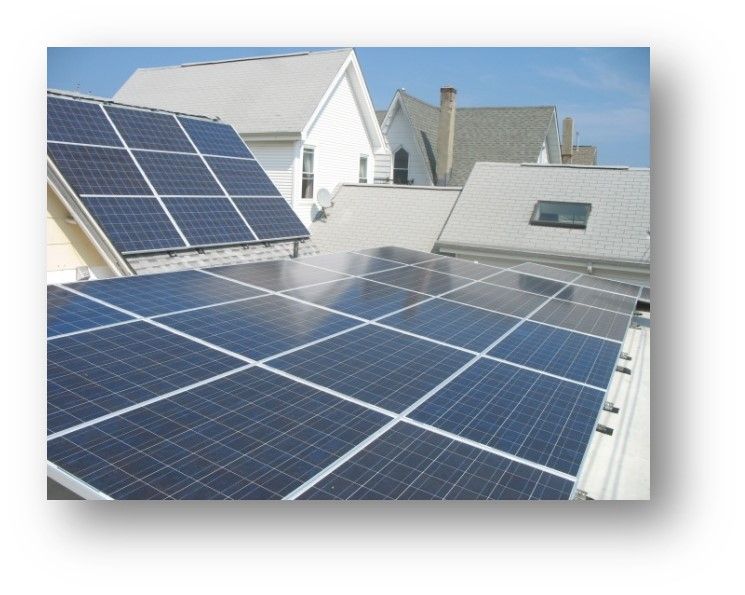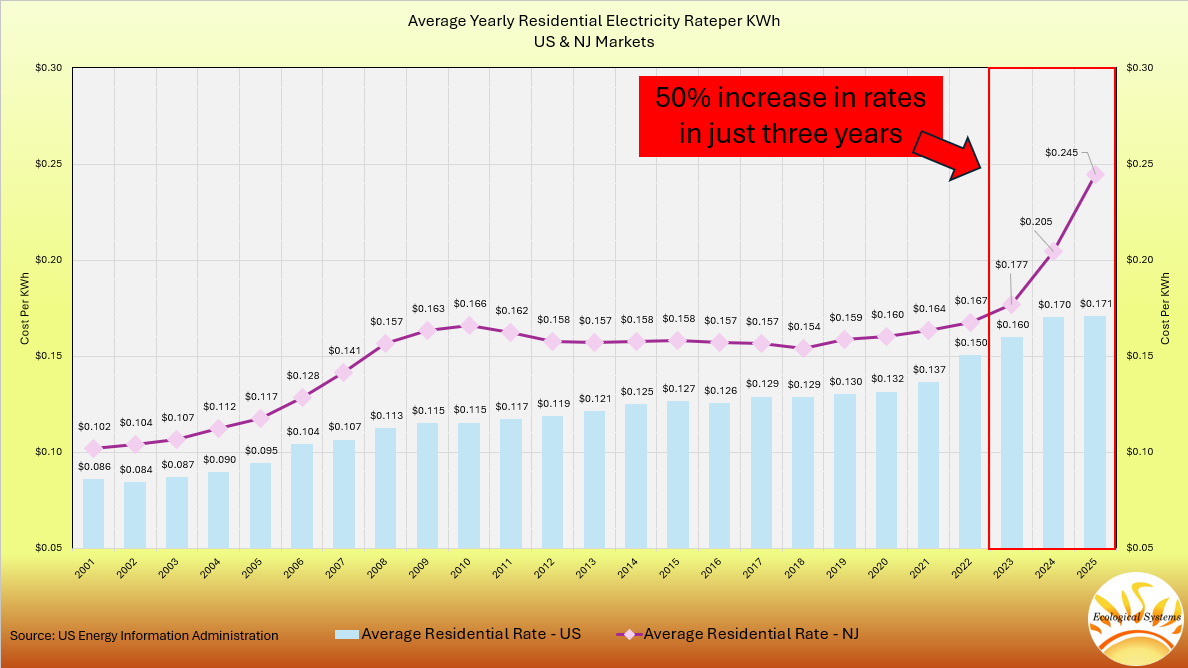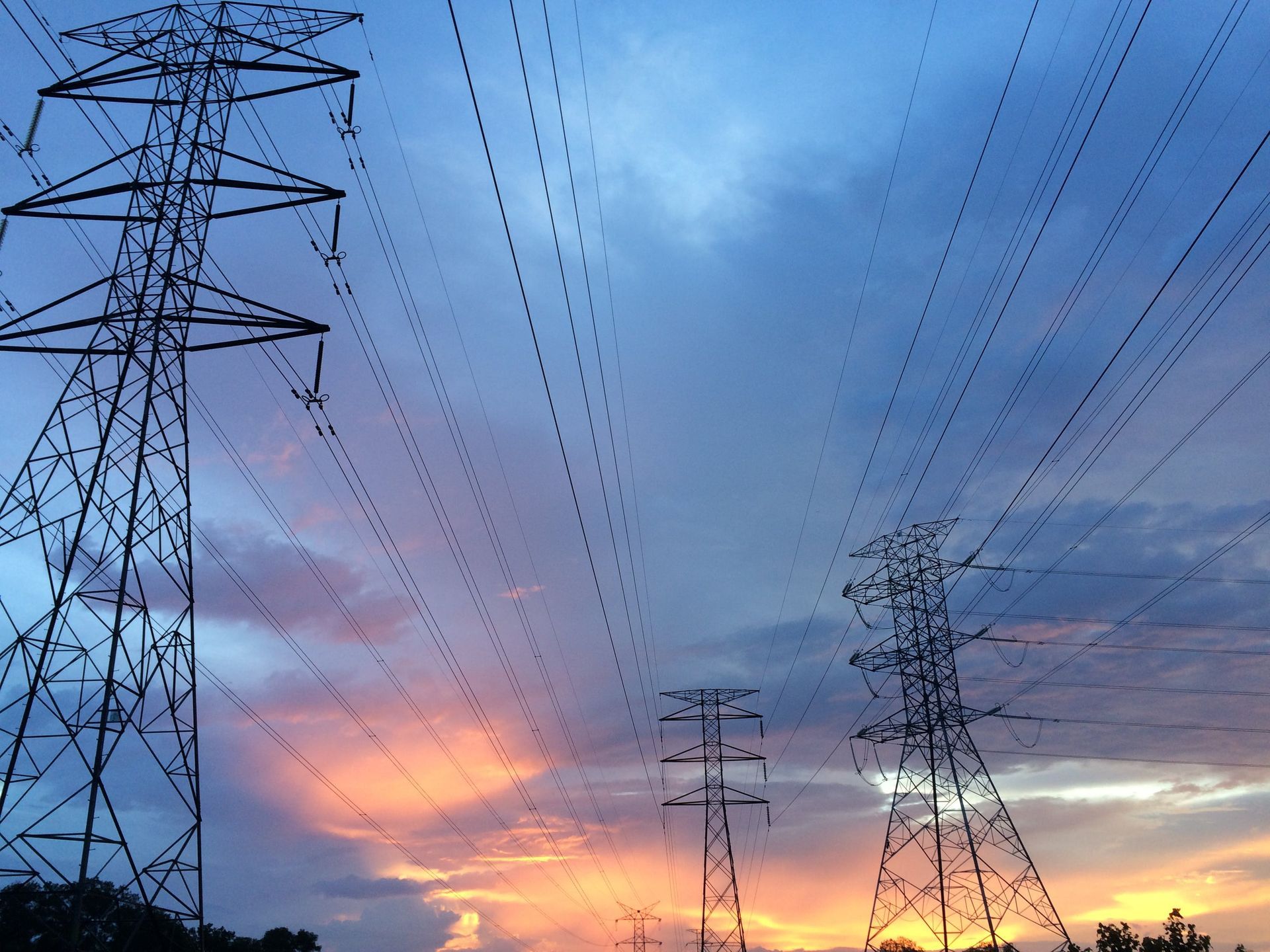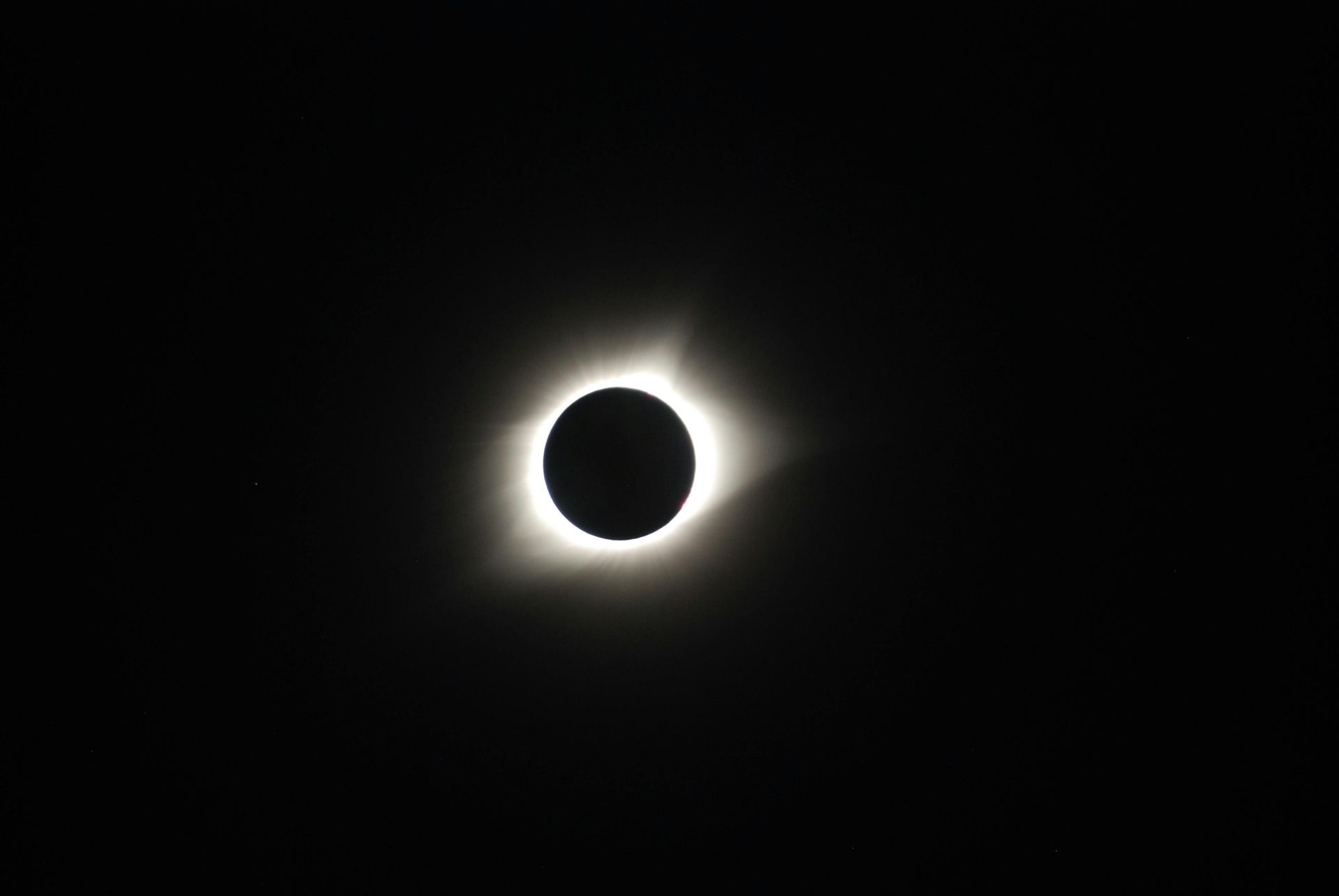By Robert McHugh
•
March 19, 2025
New Jersey residents are bracing for yet another electric rate increase, with bills set to rise by 17% to 20% starting in June 2025. The New Jersey Board of Public Utilities (NJBPU) attributes this surge to the annual Basic Generation Service (BGS) auction and broader market pressures. However, a deeper examination reveals a more troubling reality: the state’s outdated and poorly maintained electrical grid is not only driving up costs but also stalling the transition to a cleaner, more resilient energy future. A Crumbling Grid: The Root of Rising Costs A 2024 investigative report from NJ.com, titled " Here’s Why Your Electric Bill Is Soaring ," underscores the compounded effects of aging infrastructure, increasing demand, and rising energy supply costs. New Jersey’s electrical grid, with components dating back over a century, is struggling to keep up with the demands of modern energy consumption. The rapid proliferation of data centers, cryptocurrency mining operations, electric vehicles (EVs), and air conditioning usage during hotter summers is placing unprecedented stress on the system. The NJBPU’s own statements from its February 2025 auction announcement acknowledge these challenges, citing "lagging new generation interconnection" as a key factor in price hikes. Watchdog organizations such as Advanced Energy United have further criticized delays in connecting new power sources to the grid, exacerbating supply shortages and forcing utilities to shift the financial burden onto consumers. Despite these glaring deficiencies, the state and NJBPU remain locked in a cycle of temporary fixes, patching up infrastructure to stave off collapse rather than investing in comprehensive modernization. The Solar Solution: Proven and Ready For the past two decades, the NJBPU has supported and incentivized solar energy projects, which have played a crucial role in mitigating electric rate hikes. According to a 2022 NJBPU press release on grid modernization, New Jersey has already surpassed 4 gigawatts of installed solar capacity, enough to power over 500,000 homes annually. Distributed solar energy—including rooftop panels, community solar arrays, and commercial installations—has proven to be an effective decentralized solution. By generating electricity at the point of consumption, solar reduces strain on the grid, enhances energy security, and helps stabilize costs. The U.S. Energy Information Administration (EIA) reported that solar accounted for 7% of New Jersey’s in-state electricity generation in 2023, a figure expected to grow as electrification accelerates nationwide. Utility Resistance: Stifling Progress Despite its benefits, New Jersey’s major utilities—Atlantic City Electric, Jersey Central Power & Light (JCP&L), and Public Service Electric & Gas (PSE&G)—are actively obstructing solar expansion. Entire sections of the grid have been closed to new solar interconnections, with utilities citing "failing and overloaded infrastructure" as the justification. A 2024 WHYY report on the rate hike fallout revealed that over 97% of PJM Interconnection’s queued energy projects, primarily solar and wind, remain stalled due to grid limitations. The Powering Up New Jersey Report, published by the Natural Resources Defense Council (NRDC) in October 2024, highlights how outdated utility practices and aging equipment are preventing the state from modernizing its energy landscape. Solar developers are ready to deploy clean energy solutions, yet they face unnecessary roadblocks from a grid incapable of handling the transition. A Policy Failure with Costly Consequences Utilities have little financial incentive to upgrade infrastructure when they can simply pass costs onto consumers through rate hikes. Consider JCP&L, which serves 1.1 million customers across northwest New Jersey. Homeowners, like one from Parsippany who took to social media to complain about a $782 electric bill in July 2024 (NorthJersey.com), are being forced to fund a broken system while solar projects that could lower their costs remain in limbo. PSE&G, despite boasting clean energy goals, has systematically restricted access to the grid for new solar projects. Meanwhile, Atlantic City Electric representative Phil Vavala testified at a 2024 legislative hearing (6ABC Philadelphia), stating their "commitment to reliability." Yet, their continued solar interconnection shutdowns suggest otherwise. The NJBPU's reluctance to enforce necessary grid upgrades only perpetuates these problems, leaving residents paying more for unreliable service while the state falls behind in energy modernization. The Path Forward: Unlocking Solar's Full Potential To break free from this cycle, New Jersey must adopt an aggressive approach to grid reform and solar expansion. Here’s what needs to happen: Hold Utilities Accountable: The NJBPU must mandate that utilities prioritize infrastructure upgrades over repeated rate increases. Streamline Interconnection Policies: Implementing the recommendations from the NJBPU’s 2022 Grid Modernization Report can accelerate the approval of solar projects and unclog the backlog of stalled developments. Expand Distributed Solar: By incentivizing rooftop solar, community solar, and storage solutions, the state can reduce reliance on aging infrastructure and mitigate future rate hikes. Encourage Energy Storage Deployment: Large-scale battery storage systems can stabilize the grid, storing excess solar energy for use during peak demand periods. Modernize Grid Management: Upgrading substations, transformers, and transmission lines will not only enable more solar integration but also enhance overall system reliability. The Choice Is Clear New Jersey’s electric rate hikes are not simply the result of market forces; they are a direct consequence of a crumbling grid and a failure to embrace sustainable energy solutions. The state has a proven alternative in distributed solar, yet bureaucratic inertia and utility resistance threaten to stifle progress. The clock is ticking. New Jersey can either continue down the path of higher rates and outdated infrastructure or seize the opportunity to build a modern, resilient, and affordable energy system powered by solar. The choice is ours.











Share On: